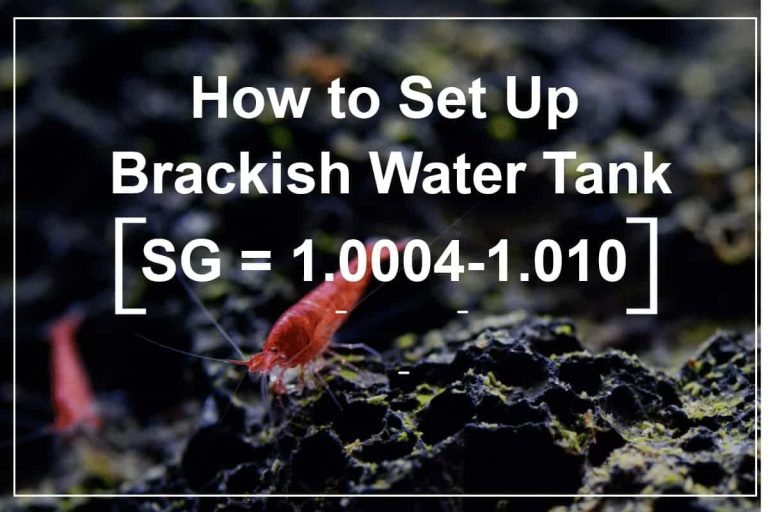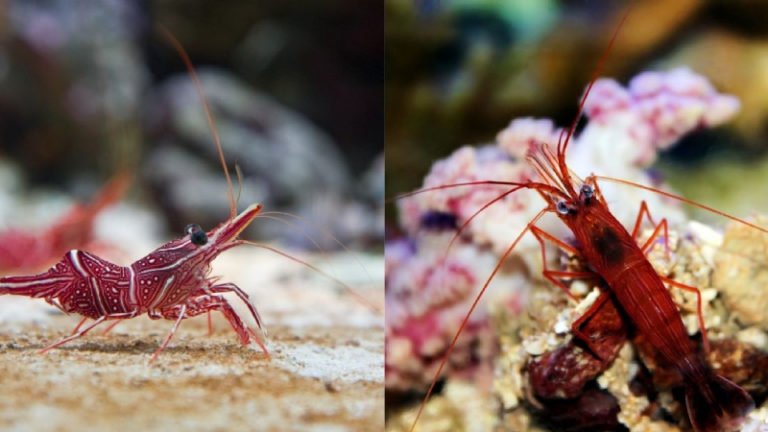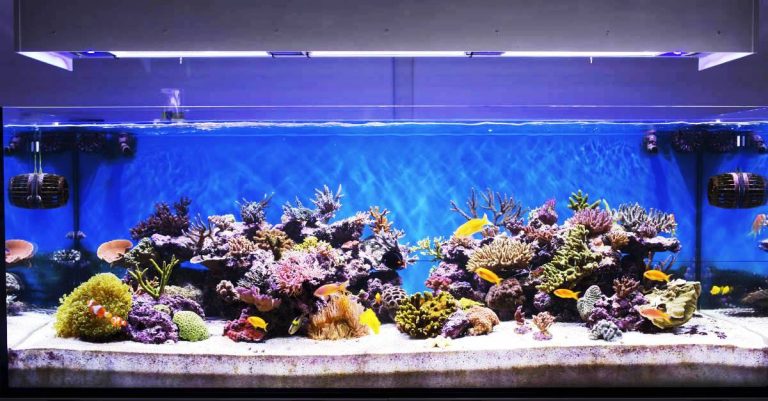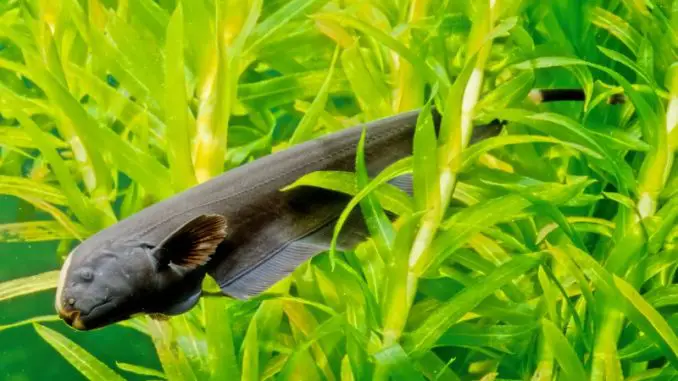Peat Moss For Aquarium Filter
Are you looking for a natural and effective way to filter your aquarium water? Peat moss might just be the solution you’ve been searching for. With its numerous benefits, peat moss is becoming a popular choice among aquarium enthusiasts. In this article, we will delve into the world of peat moss for aquarium filters, exploring its benefits, how to use it, and addressing some commonly asked questions. So, let’s dive in!
What is Peat Moss?
Peat moss, also known as sphagnum moss, is a type of organic material derived from decomposed plant matter found in wetland environments. It has a unique composition that makes it highly absorbent and rich in nutrients. This natural substance is commonly used in gardening and horticulture as a soil amendment to improve moisture retention and promote healthy plant growth.
Why Use Peat Moss in Your Aquarium Filter?
Using peat moss in your aquarium filter can provide several benefits for both the water quality and the well-being of your fish. Here are some compelling reasons to consider:
1. Water Softening: Peat moss has the ability to release tannins, which are natural organic compounds that can help soften and acidify the water in your aquarium. This is especially beneficial for species that thrive in a slightly acidic environment, such as many tropical fish.
2. pH Stabilization: The tannins released by peat moss can also help stabilize the pH level of your aquarium water. This is important as fluctuations in pH can cause stress and harm to your fish. By maintaining a stable pH level, you create a more suitable and comfortable habitat for your aquatic friends.
3. Removal of Toxins: Peat moss can act as an excellent natural filter, effectively removing toxins and unwanted substances from your aquarium water. It has the ability to bind to and remove impurities like heavy metals, chlorine, and excess nutrients, ensuring a cleaner and healthier environment for your fish.
4. Natural Appearance: Many aquarium enthusiasts appreciate the natural look that peat moss gives to their tank. The dark brown color and texture of peat moss can create a realistic and visually appealing environment, mimicking the natural habitats of fish.

How to Use Peat Moss in Your Aquarium Filter
Now that you understand the benefits, let’s discuss how to incorporate peat moss into your aquarium filter. It’s important to follow these steps carefully to ensure the best results:
1.Choose the Right Type of Peat Moss: Look for peat moss that is specifically labeled for aquarium use. Avoid peat moss that has been treated with additives or chemicals, as these can be harmful to your fish.
2. Prepare the Peat Moss: Rinse the peat moss thoroughly with water to remove any dust or debris. Soak it in a separate container for a few hours or overnight to saturate and activate the moss.
3. Add the Peat Moss to Your Filter: Place a thin layer of peat moss in a mesh bag or filter media container and position it in your filter. Ensure that water can flow freely through the peat moss, allowing it to effectively filter the water.
4. Monitor and Replace as Needed: Keep an eye on the water quality parameters, such as pH and hardness, to ensure that the peat moss is working properly. Replace the peat moss when it becomes saturated or discolored, usually every few months.
Frequently Asked Questions
1: Will peat moss make my aquarium water brown?
Yes, initially peat moss can cause the water to turn slightly brown due to the release of tannins. This is normal and usually subsides with time. If you prefer clear water, you can use activated carbon in your filter to remove the tannins.
2: Can peat moss harm my fish?
When used in moderation and with proper monitoring, peat moss is generally safe for fish. However, some sensitive species or plants may not tolerate the changes in water chemistry that peat moss can cause. It’s always a good idea to research the specific needs of your fish before introducing peat moss to your aquarium.
3: How long does peat moss last in the filter?
The lifespan of peat moss in your filter varies depending on factors such as the size of your aquarium, the amount of peat moss used, and the water parameters. Generally, peat moss should be replaced every few months or when it becomes saturated and ineffective.
Final Thoughts
Adding peat moss to your aquarium filter can be a great natural solution for improving water quality and creating a healthier environment for your fish. By softening water, stabilizing pH, and removing toxins, peat moss offers numerous benefits that contribute to the overall well-being of your aquatic friends. Just remember to choose the right type of peat moss, follow the proper steps for usage, and monitor the water parameters regularly. With a little care and attention, your aquarium will thrive with the help of peat moss.






